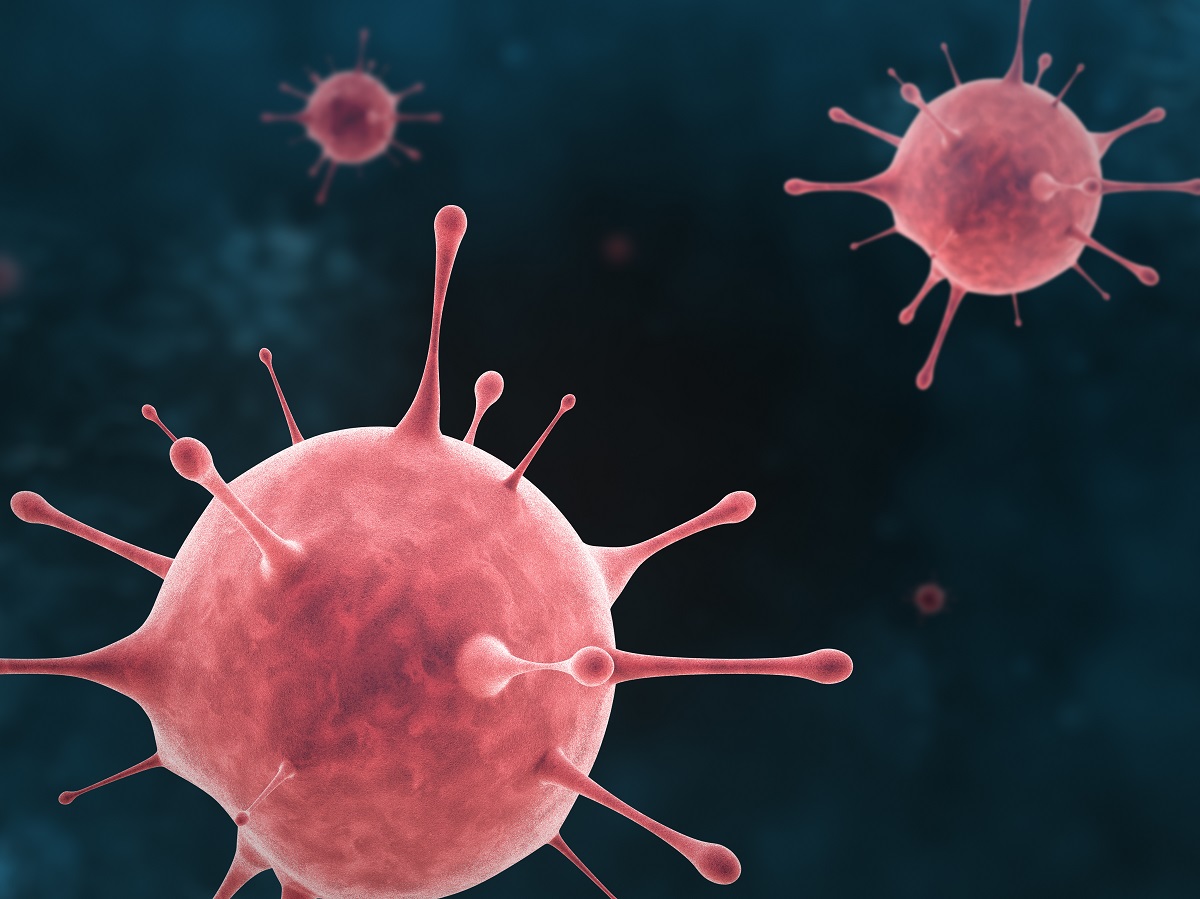KEY TAKEAWAYS
- The KarMMa-3 phase III trial aimed to evaluate the effectiveness and safety of ide-cel compared to standard regimens in high-risk subgroups within the KarMMa-3 trial.
- The result demonstrated that the Ide-cel outperformed standard regimens in PFS response rates, even for high-risk RRMM patients, making it a promising option for this challenging population.
For a study, researchers aimed to evaluate the effectiveness and safety of ide-cel compared to standard regimens in high-risk subgroups within the KarMMa-3 trial.
Patients with relapsed/refractory multiple myeloma (RRMM), having received 2–4 prior regimens, being triple-class exposed (TCE) (immunomodulatory agent, proteasome inhibitor [PI], and daratumumab), and experiencing refractory disease to the last regimen, were randomized 2:1 to receive ide-cel target dose range: 150–450 x 106 CAR+ T cells) or a standard regimen (DPd, DVd, IRd, Kd, or EPd, based on prior regimen, per investigator).
Efficacy was evaluated in high-risk groups, including cytogenetic abnormality patients (del[17p], t[4;14], or t[14;16]), R-ISS stage III disease, high tumor burden(≥50% CD138+ plasma cells in bone marrow), extramedullary plasmacytomas (soft-tissue-only and soft-tissue bone-related plasmacytomas), and triple-class refractory multiple myeloma (TCRMM) (refractory to ≥1 each of an IMiD® agent, a PI, and an anti-CD38 antibody).
The study compared baseline demographics and disease characteristics between groups. Median time to progression on the last prior regimen was brief for both ide-cel and standard regimens in high-risk subgroups: cytogenetic abnormalities (5.6 vs 6.7 mo), R-ISS stage III disease (3.9 vs 3.5 mo), HTB (5.1 vs 6.2 mo), EMP (5.1 vs 5.1 mo), and TCRMM (5.6 vs 5.8 mo).
With a median follow-up of 18.6 mo (range 0.4–35.4), ide-cel demonstrated longer median progression-free survival (mPFS) compared to standard regimens in all high-risk subgroups: cytogenetic abnormalities (11.9 vs 4.2 mo; HR 0.608), R-ISS stage III disease (5.2 vs 3.0 mo; HR 0.861), HTB (11.0 vs 4.9 mo; HR 0.595), EMP (7.2 vs 2.0 mo; HR 0.401), and TCRMM (11.2 vs 3.5 mo; HR 0.458).
Objective response rates (ORRs) and complete response rates (CRR) were higher with ide-cel vs standard regimens across all high-risk subgroups(cytogenetic abnormalities [64.5 vs 37.7%], R-ISS stage III [45.2 vs 28.6%], HTB [64.8 vs 52.9%], EMP [55.7 vs 18.8%], and TCRMM [64.0 vs 31.5%])R-ISS stage III and complete response rate (CRR; cytogenetic abnormalities [31.8 vs 4.9%], R-ISS stage III [16.1 vs 7.1%], HTB [31.0 vs 8.8%], EMP [23.0 vs 3.1%], and TCRMM [33.5 vs 1.1%]) Safety data will be presented.
The result demonstrated that the Ide-cel outperformed standard regimens in PFS response rates, even for high-risk RRMM patients, making it a promising option for this challenging population.
Clinical Trial: https://clinicaltrials.gov/study/NCT03651128
Patel KK. Idecabtagene vicleucel (ide-cel) versus standard regimens in patients with triple-class-exposed (TCE) relapsed and refractory multiple myeloma (RRMM): a KarMMa-3 high-risk subgroup analysis. Presented at IMS 20th Annual Meeting and Exposition(2023); Megaron International Conference Centre, Athens, Greece.



